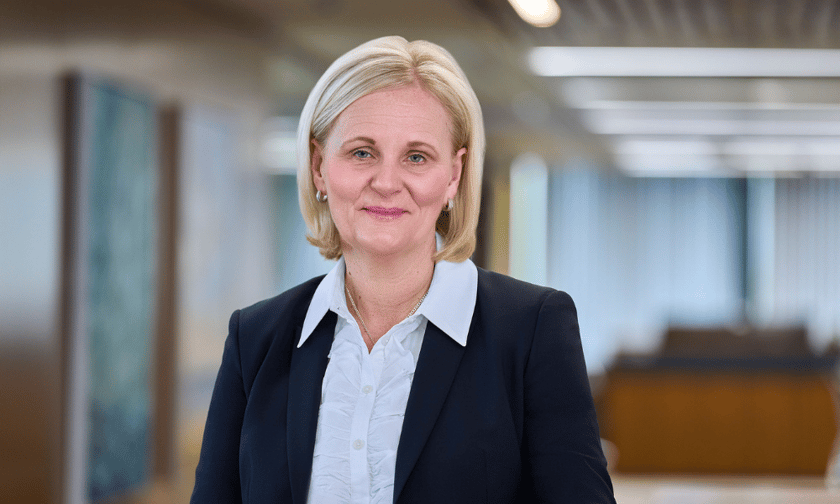

Aviva plc has released its Q3 2024 trading update, showing continued growth across various business lines and maintaining a stable solvency position.
General insurance premiums rose 15% to £9.1 billion compared to £8.0 billion for the same period last year. In the UK and Ireland, premiums grew by 18% to £5.7 billion, with personal lines up by 25% and commercial lines by 11%.
These increases reflect both new business generation and pricing adjustments aimed at addressing inflationary pressures. In Canada, general insurance premiums reached £3.4 billion, a rise of 11%, driven by a 13% increase in personal lines and an 8% growth in commercial lines.
The group’s combined operating ratio (COR) stands at 96.8%, a slight increase from 96.3% in the previous year. This figure reflects the impact of natural catastrophe events in Canada. The underlying COR improvement, linked to the company’s pricing actions, was offset by these elevated catastrophe events. On a discounted basis, COR is 92.8%, up from 92.5% in 2023.
Aviva’s protection sales rose 44% following its acquisition of AIG UK’s protection business in April, along with strong growth in health in-force premiums. Wealth net flows saw a 21% increase to £7.7 billion, reflecting gains in the Adviser Platform and inflows in Succession Wealth and Direct Wealth.
Retirement sales also rose substantially by 67%, reaching £7.3 billion, driven by bulk purchase annuity (BPA) volumes, which totalled £6.1 billion. Retirement margins improved to 3.2%, compared to 2.5% in the prior year.
Aviva’s customer base stands at 19.6 million, a scale that it aims to leverage for further growth. The company targets reaching over 21 million customers by 2026, including 5.7 million UK customers with multiple Aviva policies. This objective aligns with the Group’s growth and profitability targets for the next few years.
In Q3, Aviva also maintained robust solvency and liquidity levels. Its Solvency II shareholder cover ratio is at 195%, down from 205% in mid-2024, largely due to Canada’s elevated natural catastrophe costs and lower interest rates impacting solvency.
Additionally, a dividend payout and the Probitas acquisition contributed to the decrease. The Solvency II debt leverage ratio dropped to 29.5% after the redemption of €700 million Tier 2 notes, with the issuance of new debt in September keeping leverage levels stable. Centre liquidity as of October stood at £1.7billion.
Looking ahead, Aviva projects continued momentum in its growth strategy. The group is targeting operating profit of £2 billion and Solvency II operating free capital generation (OFG) of £1.8 billion by 2026. Additionally, Aviva expects cumulative cash remittances to surpass £5.8 billion over 2024-2026.
In general insurance, the company anticipates improved underlying COR as recent pricing actions are implemented. The health business is expected to sustain growth, aligning with its double-digit in-force premium growth target, while moderate growth is projected in the protection segment. Wealth growth is expected to remain strong, with the group aiming to reach £280 million in operating profit from Wealth by 2027.
Aviva has already written £7.8 billion of BPA volumes for 2024 and expects minimal growth in this area for the remainder of the year. This volume meets its three-year target of £15 to 20 billion for 2022 to 2024. Aviva’s dividend policy remains stable, with plans for mid-single-digit growth and regular capital returns.
Amanda Blanc (pictured above), Aviva’s Group CEO, commented on the quarterly performance, citing robust trading across all business areas, supported by the company’s scale and diversified portfolio.
Blanc noted the 15% increase in general insurance premiums and the 21% rise in wealth net flows, attributing the latter to gains in workplace pensions and strong demand in the financial adviser platform business. She highlighted the bulk purchase annuity market’s activity, with Aviva achieving volumes at favourable margins.
“Aviva is financially strong, trading well each quarter and has significant opportunities for further growth. We are confident about the outlook for the rest of 2024 and beyond, growing the dividend and achieving the group’s financial targets,” she said.
What are your thoughts on this story? Please feel free to share your comments below.
